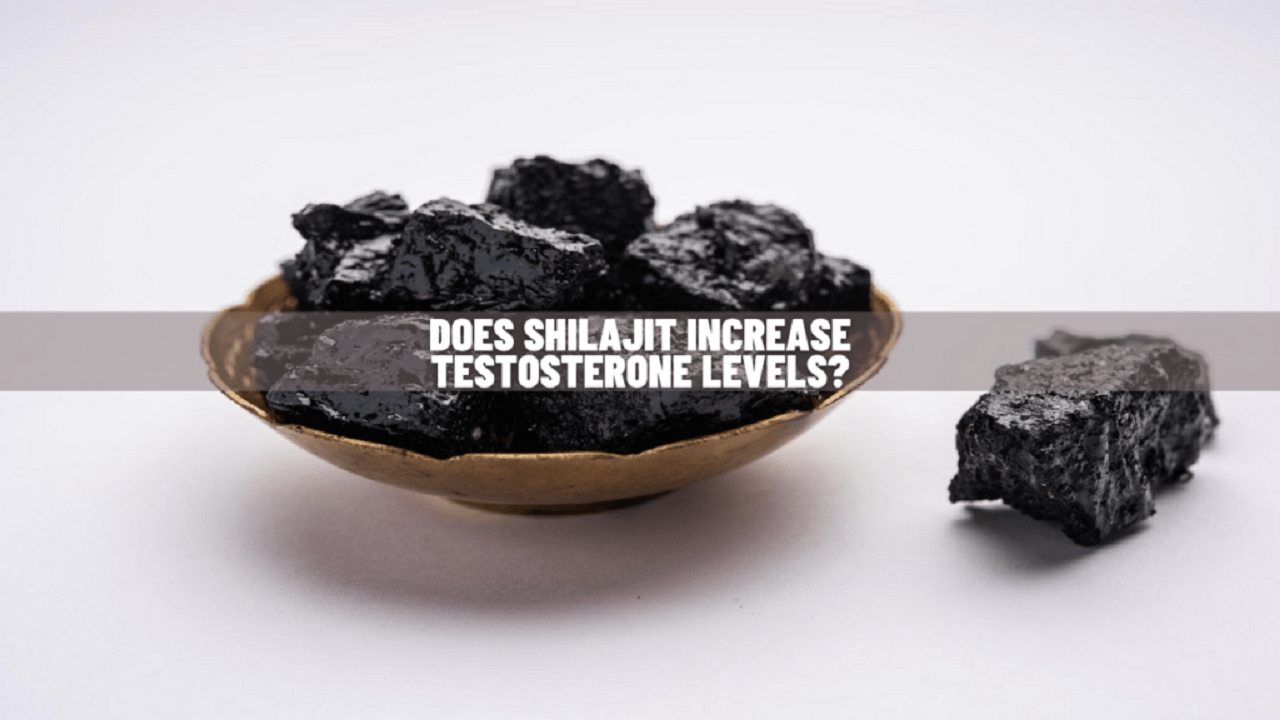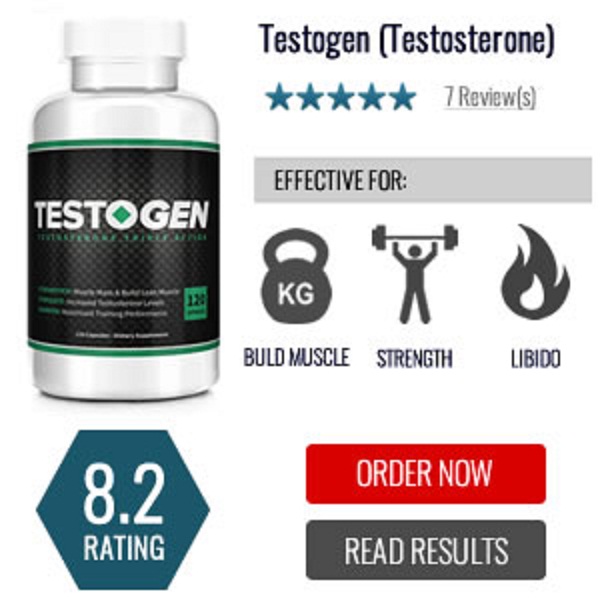Does Shilajit Increase Testosterone Levels?
Contents
- 1 Does Shilajit Increase Testosterone Levels?
- 2 Understanding Testosterone
- 3 Shilajit Composition and Properties
- 4 Shilajit and Testosterone: The Scientific Perspective
- 5 Traditional Wisdom and Anecdotal Evidence
- 6 Potential Mechanisms of Action
- 7 Considerations and Caveats
- 8 Conclusion
- 9 Expanding the Narrative
- 10 Frequently Asked Questions (FAQs) on “Does Shilajit and Testosterone Levels?”
Embarking on a journey through the labyrinth of natural supplements, shilajit emerges as a beacon of ancient Ayurvedic wisdom, nestled in the lofty reaches of the Himalayas, Altai, Caucasus, and other mountain ranges. Revered for centuries, this resinous substance boasts a myriad of potential health benefits. Among these, the tantalizing prospect of heightened testosterone levels captures our attention, propelling us into a comprehensive exploration of the scientific evidence and traditional wisdom surrounding shilajit’s influence on this critical hormone.
Related Post: Does Onion Increase Testosterone? Exploring the Scientific Evidence and Nutritional Components
Understanding Testosterone
To set the stage for our exploration, it is paramount to comprehend the pivotal role that testosterone plays in the human body. While traditionally associated with male characteristics, testosterone is a sex hormone that influences the development of reproductive tissues and secondary sexual characteristics. Its reach extends beyond the physical, shaping mood, energy levels, and overall well-being for both men and women.
Shilajit Composition and Properties
Before delving into the intricate interplay between shilajit and testosterone, let’s scrutinize the composition and properties of this enigmatic substance. Shilajit is a complex amalgamation of minerals, fulvic acid, humic acid, and various organic compounds. The diversity in its composition, dictated by its mountainous origins, yields unique properties that have contributed to its revered status in traditional medicine.
Fulvic acid, a standout component, is recognized for its antioxidant prowess and its ability to ferry nutrients into cells. On the other hand, humic acid, another integral player, has been associated with bolstered immune function and diminished inflammation. These, coupled with essential minerals like zinc, iron, and magnesium, form the tapestry of shilajit’s health-promoting potential.
Shilajit and Testosterone: The Scientific Perspective

Venturing into the realm of scientific scrutiny, studies have sought to elucidate the potential impact of shilajit on testosterone levels. While the corpus of research is not exhaustive, early findings hint at a positive correlation between shilajit supplementation and increased testosterone.
A notable study published in the “Journal of Andrologia” in 2016 scrutinized the effects of shilajit on male reproductive health. The results indicated a substantial increase in total testosterone levels among participants who consumed shilajit, pointing towards potential enhancements in sperm quality and overall reproductive function.
Another exploration, detailed in “Fertility and Sterility” in 2010, delved into Shilajit’s influence on male infertility. The findings suggested improvements in sperm motility and total sperm count, raising intriguing questions about the possible impact on male reproductive hormones, including testosterone.
While these studies furnish a promising foundation, the limited number necessitates caution in drawing definitive conclusions. Rigorous research on a larger scale is imperative to establish a robust link between shilajit and testosterone.
Traditional Wisdom and Anecdotal Evidence
The annals of Ayurvedic medicine showcase shilajit as a time-honored rejuvenating tonic and aphrodisiac. Traditional practitioners extol its virtues, attributing enhanced vitality, improved cognitive function, and an overall boost in well-being to its consumption. While anecdotal evidence cannot supplant scientific inquiry, the historical use of shilajit adds a layer of intrigue to the discourse.
Individual testimonials from those who have incorporated shilajit into their wellness routines abound with accounts of increased energy levels, improved mood, and heightened physical performance. While these personal narratives contribute to the broader conversation, they serve as a reminder that scientific evidence should remain the bedrock of our understanding.
Potential Mechanisms of Action
To decipher the potential ways in which shilajit might influence testosterone levels, researchers have explored its mechanisms of action. One proposed avenue involves the presence of fulvic acid, known for its antioxidant properties. By shielding the testes from oxidative stress and inflammation, fulvic acid could support healthy testosterone production.
Furthermore, the mineral content in shilajit, including zinc and magnesium, becomes a focal point. These minerals are indispensable for testosterone synthesis and regulation. Zinc, in particular, plays a pivotal role in the conversion of androstenedione to testosterone in the testes. The presence of these minerals in shilajit raises intriguing possibilities regarding their role in testosterone modulation.
Considerations and Caveats
As with any supplement, individual responses can vary, influenced by factors such as age, overall health, and pre-existing medical conditions. Before integrating shilajit or any supplement into one’s regimen, consultation with a healthcare professional is paramount to ensure safety and appropriateness.
The purity and quality of Shilajit products also merit attention. Variability in the market necessitates careful selection, with an emphasis on sourcing from reputable and high-quality providers. Ensuring the authenticity of the product is crucial to maximizing its potential benefits.
Conclusion
In navigating the landscape of natural health solutions, shilajit emerges as a compelling entity with a rich history and multifaceted potential benefits. While initial research suggests a positive association between shilajit and increased testosterone levels, the need for more extensive and well-designed studies remains evident.
The enigmatic composition of shilajit, coupled with its potential mechanisms of action, provides a fascinating backdrop for future investigations. As individuals traverse the realms of natural wellness, a nuanced and informed approach, grounded in both scientific scrutiny and traditional wisdom, should guide their decisions.
In summation, the question of whether shilajit increases testosterone levels becomes further explored. As the scientific tapestry unfolds, shedding light on the complexities of this ancient substance, our understanding may deepen, offering valuable insights into shilajit’s role in hormonal health and overall well-being.
Expanding the Narrative
Diving deeper into the historical significance of shilajit, we find a tapestry woven with cultural reverence and ancient wisdom. Ayurvedic texts, some dating back thousands of years, extol the virtues of shilajit as a ‘destroyer of weakness’ and a potent elixir for rejuvenation. The mystique surrounding shilajit in traditional medicine is not confined to its role in hormonal health; it extends to its purported ability to enhance cognitive function, strengthen the immune system, and even promote longevity.
The ancient Ayurvedic sages, recognizing the power of observation and intuition, considered shilajit as a ‘conqueror of mountains and destroyer of weakness.’ This metaphorical language speaks to the resilience and strength they attributed to this unique substance. In the context of testosterone, the association with strength and vitality aligns seamlessly with the modern understanding of the hormonal influence on muscle mass, bone density, and overall physical prowess.
Shilajit’s rich tapestry is interwoven with tales of its discovery, often attributed to the primordial forces of nature. As the story goes, the resinous exudate emerges from the rocks in the mountainous regions during the warmer months, presenting itself as a gift from the mountains to those who seek its transformative powers. This narrative not only adds a poetic layer to the exploration of shilajit but also emphasizes the deep cultural connection between the substance and the regions from which it originates.
As we journey through the scientific exploration of shilajit’s impact on testosterone, it’s imperative to acknowledge the complex web of interactions within the human body. Hormones, such as testosterone, do not exist in isolation; they are part of a sophisticated network that responds to various stimuli. Shilajit, with its diverse array of compounds, may influence this intricate dance of hormones, potentially contributing to the reported benefits on testosterone levels.
The global resurgence of interest in natural remedies has prompted increased scrutiny of traditional practices, including Ayurveda. Shilajit’s emergence as a subject of scientific inquiry aligns with this trend, as researchers seek to bridge the gap between ancient wisdom and modern understanding. While skepticism is a healthy approach in scientific discourse, it is equally crucial to approach traditional knowledge with respect and an open mind.
Returning to the scientific narrative, the potential mechanisms by which shilajit influences testosterone levels present a tantalizing puzzle. Fulvic acid, a key component, not only showcases antioxidant properties but also exhibits chelating abilities, facilitating the transport of minerals into cells. This dual action may contribute to the reported improvements in sperm quality and reproductive function observed in some studies.
The mineral content in shilajit, including zinc and magnesium, introduces a layer of complexity to the discussion. Zinc, an essential trace element, is intricately linked to testosterone production, playing a role in the conversion of androstenedione to testosterone. Magnesium, on the other hand, is involved in numerous enzymatic reactions, potentially influencing hormonal regulation. The combined effect of these minerals within the context of shilajit supplementation raises intriguing questions about their synergistic action on testosterone levels.
In considering the potential benefits of shilajit beyond testosterone, the landscape broadens to encompass its antioxidant properties. Oxidative stress, stemming from an imbalance between free radicals and antioxidants in the body, is implicated in various chronic conditions. Shilajit’s antioxidant capabilities, driven by fulvic acid and other compounds, position it as a potential ally in mitigating oxidative damage, thereby contributing to overall health.
The discussion on Shilajit’s impact extends beyond the realm of physical health to include cognitive function. Traditional wisdom suggests that shilajit is a ‘brain tonic’ capable of enhancing mental clarity and acuity. While this claim may seem speculative, emerging research in neurobiology is shedding light on the intricate connections between hormonal balance and cognitive well-being. The potential for shilajit to influence neurotransmitters and support cognitive function warrants exploration in future scientific studies.
Examining the potential longevity-promoting effects of shilajit adds yet another layer to this intricate tapestry. The reverence for shilajit as a substance that can bestow vitality and resilience aligns with the contemporary quest for strategies to promote healthy aging. While the concept of ‘longevity-promoting’ substances may be met with skepticism, the pursuit of scientific validation for traditional beliefs remains an ongoing endeavor.
As we navigate the expanded narrative surrounding shilajit, it becomes evident that its influence extends beyond the confines of a single hormone. The interconnected web of its potential benefits, from testosterone modulation to antioxidant activity, cognitive support, and longevity promotion, paints a holistic picture of this ancient substance. However, with each layer added to the narrative, the need for comprehensive, well-designed scientific studies becomes increasingly pronounced.
In conclusion, the exploration of shilajit’s influence on testosterone levels is but one facet of its multifaceted identity. The intersection of traditional wisdom and scientific inquiry brings forth a rich tapestry that spans cultural reverence, historical significance, and potential health benefits. While preliminary evidence suggests a positive association between shilajit and increased testosterone, the intricate mechanisms at play warrant further investigation. As we unravel the mysteries of this ancient substance, we may unlock not only its impact on hormonal health but also its potential to contribute to overall well-being in the complex tapestry of human health.
Frequently Asked Questions (FAQs) on “Does Shilajit and Testosterone Levels?”
Q1: What is Shilajit, and where does it come from?
Shilajit is a resinous substance found in the rocky mountains of the Himalayas, Altai, Caucasus, and other mountain ranges. It is formed through the decomposition of plant and microbial matter over centuries and is revered in traditional Ayurvedic medicine for its potential health benefits.
Q2: Does Shilajit increase testosterone levels?
Preliminary research suggests a positive association between shilajit supplementation and increased testosterone levels. However, more comprehensive scientific studies are needed to establish a definitive link.
Q3: What are the potential mechanisms by which Shilajit may influence testosterone?
Shilajit contains fulvic acid, which has antioxidant properties and may protect the testes from oxidative stress, potentially supporting healthy testosterone production. Additionally, the mineral content in shilajit, including zinc and magnesium, may play a role in testosterone synthesis and regulation.
Q4: Are there any scientific studies supporting the claim that Shilajit increases testosterone?
Some studies, such as those published in the “Journal of Andrologia” and “Fertility and Sterility,” suggest a positive impact of shilajit on testosterone levels. However, the number of studies is limited, and more rigorous research is needed for conclusive evidence.
Q5: Can Shilajit be used to treat infertility?
Some studies indicate that shilajit supplementation may lead to improvements in sperm motility and total sperm count, suggesting potential benefits for male reproductive health. However, more research is needed to establish its efficacy as a treatment for infertility.
Q6: Are there any side effects associated with Shilajit supplementation?
While shilajit is generally considered safe for most people, individual responses may vary. Some individuals may experience mild side effects such as digestive issues. It is advisable to consult with a healthcare professional before starting any supplementation.
Q7: How should Shilajit be consumed for potential testosterone benefits?
Shilajit is commonly available in supplement form, such as capsules or resin. The recommended dosage may vary, and it’s crucial to follow the instructions provided by the product manufacturer. Consulting with a healthcare professional can help determine an appropriate dosage based on individual health conditions.
Q8: Can women benefit from Shilajit supplementation for hormonal balance?
While testosterone is often associated with male health, women also produce and require small amounts of this hormone. Some women use shilajit for overall well-being, but it’s essential to consult with a healthcare professional to determine suitability and dosage.
Q9: Does the source of Shilajit matter in terms of its effectiveness?
The composition of shilajit can vary based on its source. Different mountain ranges contribute unique properties to the substance. Choosing a reputable and high-quality source is crucial to ensure purity and effectiveness.
Q10: Can Shilajit be used as a substitute for medical treatment for hormonal imbalances?
Shilajit should not be considered a substitute for medical treatment. While it shows promise in supporting hormonal health, individuals with hormonal imbalances should seek guidance from healthcare professionals for proper diagnosis and treatment.



